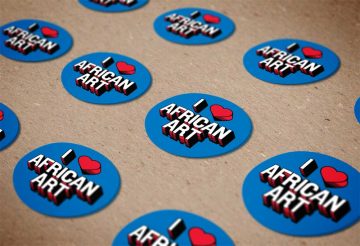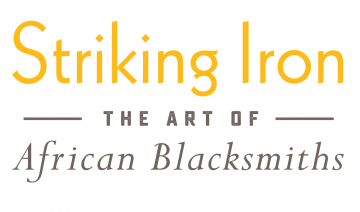 Rhythmic sounds of the forge reverberate beyond the workplace when hot iron is struck by hammers and bellows are pumped with air. This measured resonance translates as “music” and is important to iron production from beginning to end, with prayers and songs to the forge often serving as preludes to blacksmiths’ tasks.
Rhythmic sounds of the forge reverberate beyond the workplace when hot iron is struck by hammers and bellows are pumped with air. This measured resonance translates as “music” and is important to iron production from beginning to end, with prayers and songs to the forge often serving as preludes to blacksmiths’ tasks.
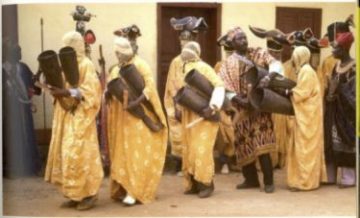
Photograph by Christraud M. Geary, 1984
Eliot Elisofon Photographic Archives, EEPA 1993-001-1792, National Museum of African Art, Smithsonian Institution
The sounds of iron, by virtue of the spiritual and supernatural potencies attributed to the metal itself, are sometimes equated with voices from ancestral realms. Instruments are kept in the treasuries of chiefs; held in the hands of ritual experts such as diviners; and used at occasions marking social transitions such as initiation, marriage, and funerals. Such sonorous iron instruments contribute to more than just an evening’s entertainment—they often serve as vehicles linking the forge to the community, ancestors, and divinity itself.
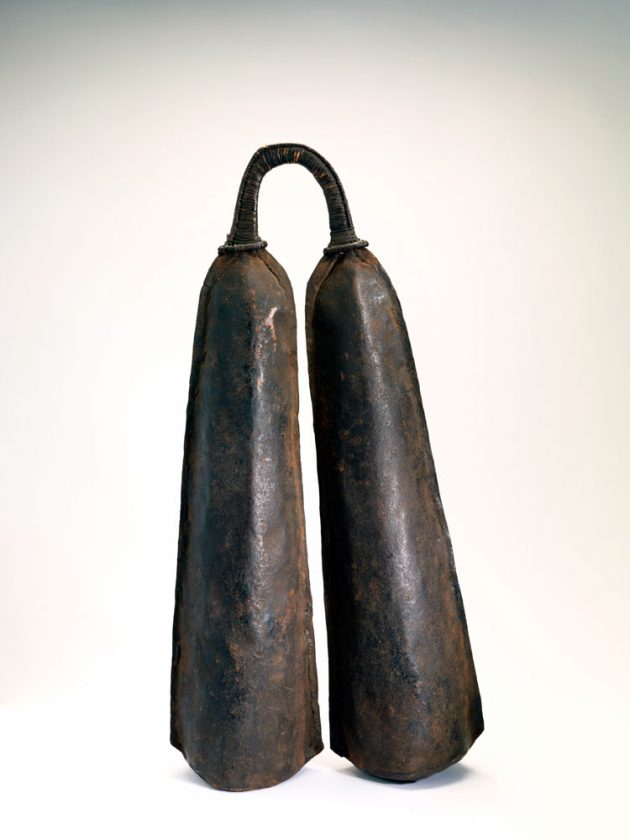
Chad and Cameroon
Double bell
Early to mid-20th century
Iron, cloth, bamboo
Fowler Museum at UCLA, X86.1912, gift of Helen and Dr. Robert Kuhn
Pitch perfect. Clapperless bells are sometimes called gongs because they are struck on the side with drumming sticks or mallets. They are recognized as important military and political emblems throughout Africa, appearing, for instance, in masquerades directed at social control and law enforcement. This robustly proportioned double bell joined by an arched and bamboo-cushioned handle exemplifies prestige instruments associated with the regalia of a chief and his entourage. Each bell’s range of pitch permits different areas to be struck (singly or together) to vary the musical notes produced.
Lamellophones
Tonal tales. Lamellophones are popularly known as “thumb pianos.” The instrument incorporates between a few and more than two dozen iron tines, or keys, set on anterior and posterior bridges, held by a pressure bar, and attached to a wooden soundboard. The board is usually held in both hands so that the keys may be depressed with the thumbs; a key’s thickness and length determine the pitch of the note it produces.
African thumb pianos are used by storytellers to set the pace on narration, emphasize dramatic moments and add to the pleasures of listening. The lamellophones in the exhibition include:
- A Tabwa thumb piano was once covered with a thick spider web so that it buzzed when played on top of a gourd, like a kazoo.
- Chokwe thumb piano with soundboard that that includes iron beads to enhance its sound and is decorated with motifs related to Chokwe culture. Another depicts a Portuguese trader (pombeiro in Portuguese) who brought news as well as goods across a region divided among colonial powers: Portuguese Angola, British Northern Rhodesia, and the Belgian Congo (today Angola, Zambia, and the DRC).
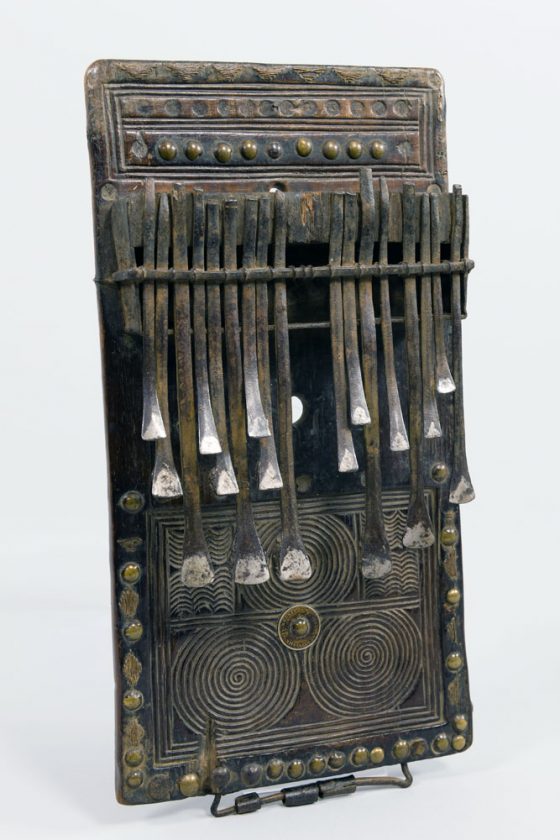
Angola
Lamellophone (chisanji)
Late 19th century
Wood, iron
Musical Instrument Museum, 2013.56.1
Well-tuned tones. This lamellophone possesses three-tiered keys and sound-enhancing elements including iron beads on a piece of bent wire attached to the bottom of the wooden soundboard. Under the keys are tiny balls of hornet’s wax applied for tuning purposes. The rich iconography of the board presents motifs often found in Chokwe material culture, adding to the beauty of the chisanji musician’s “tone poems.”
